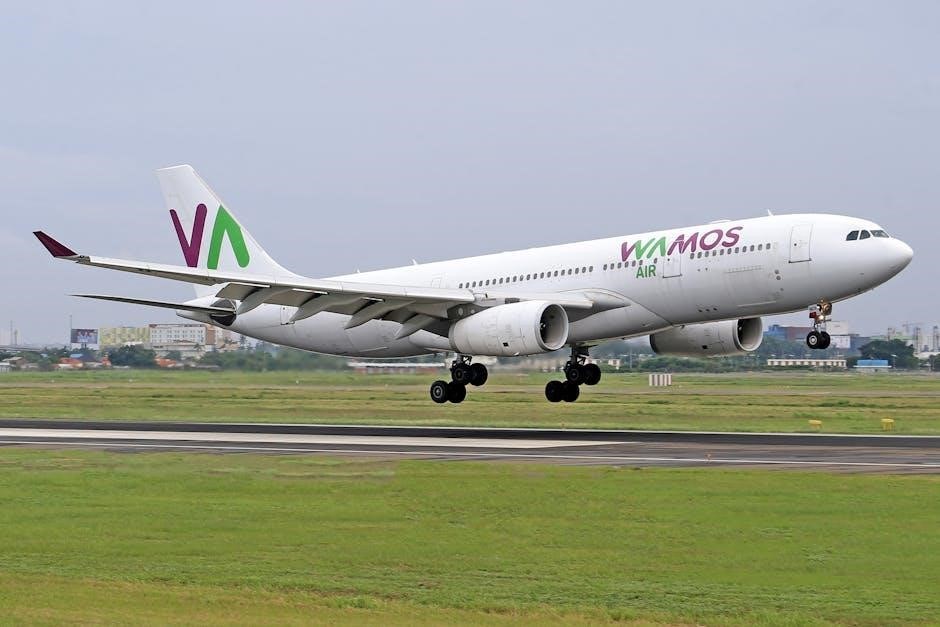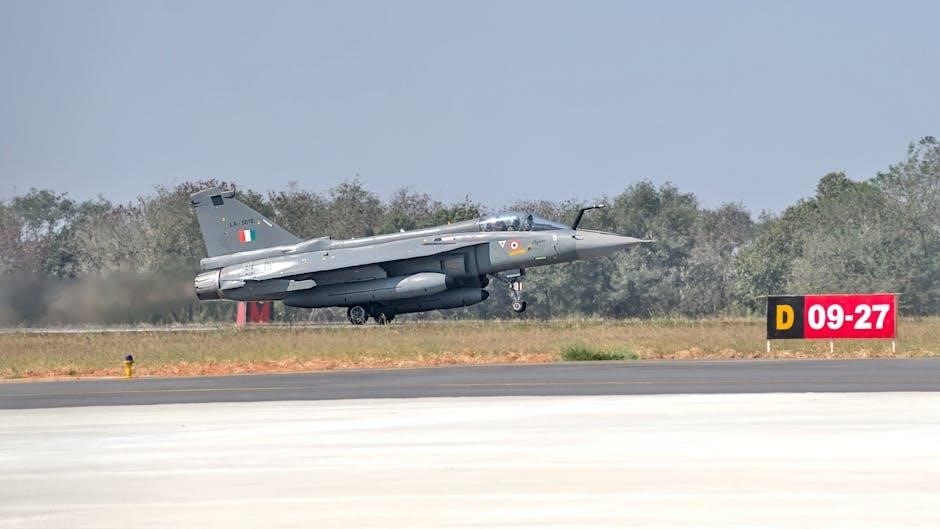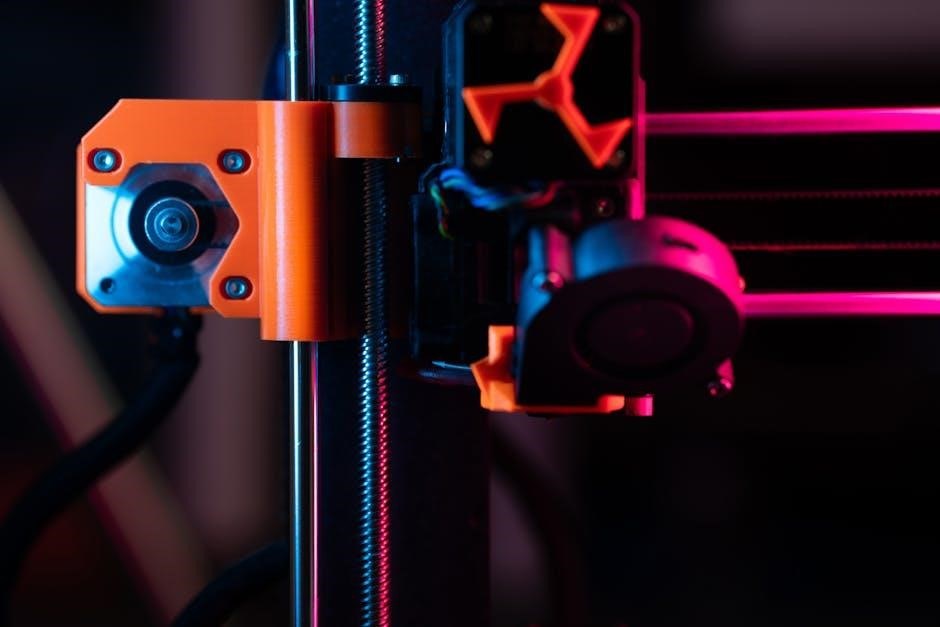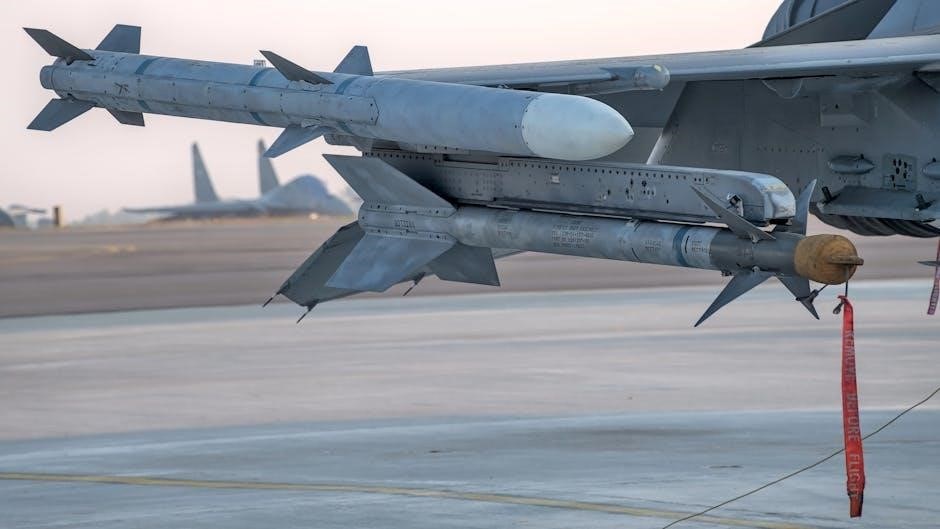This guide provides a resource for plane spotters and aviation enthusiasts to identify aircraft with ease always.
Overview of the Guide
The aircraft spotters guide is a comprehensive resource that covers various aspects of plane spotting‚ including identification‚ specifications‚ and types of aircraft. The guide is separated into sections‚ each relating to different aspects of the hobby‚ from spotting to online resources. The content is designed to provide plane spotters and aviation enthusiasts with the best information at hand‚ making it easier to identify and learn about different aircraft. The guide is intended to be a go-to resource for anyone interested in plane spotting‚ providing a wealth of information and knowledge. With its user-friendly format and detailed content‚ the guide is an essential tool for anyone looking to make the most of their hobby. The guide is regularly updated to ensure that the information provided is accurate and up-to-date‚ reflecting the latest developments in the aviation industry. By using the guide‚ plane spotters and aviation enthusiasts can enhance their knowledge and enjoyment of the hobby.
Importance of the Guide
The aircraft spotters guide plays a crucial role in promoting the hobby of plane spotting‚ providing a sense of community and shared knowledge among enthusiasts. The guide helps to foster a greater appreciation and understanding of aviation‚ encouraging people to learn more about the different types of aircraft and their characteristics. By providing a comprehensive resource‚ the guide enables plane spotters to develop their skills and knowledge‚ allowing them to identify and learn about a wide range of aircraft. The guide also serves as a valuable tool for aviation professionals‚ providing a quick and easy reference for identifying and understanding different aircraft types; Overall‚ the guide is an essential component of the plane spotting hobby‚ helping to bring people together and promote a shared passion for aviation. The guide’s importance extends beyond the hobby itself‚ contributing to a broader understanding and appreciation of the aviation industry as a whole‚ and its many fascinating aspects.

Identifying Aircraft
Aircraft identification involves observing details such as engine placement always.

Visual Identification
Visual identification of aircraft involves observing the plane’s physical characteristics‚ such as the number and placement of engines‚ the shape of the wings and tail‚ and the overall size and shape of the aircraft. This method requires a good understanding of the different aircraft types and their unique features. By looking at the aircraft’s design and configuration‚ spotters can narrow down the possibilities and make an educated guess about the aircraft’s identity. The location of the engines‚ for example‚ can be a key identifier‚ with some aircraft having engines mounted on the wings‚ while others have them mounted on the fuselage or tail. The shape and size of the wings and tail can also provide important clues‚ as different aircraft have distinct wing and tail designs. With practice and experience‚ visual identification can become a reliable and efficient way to identify aircraft. The internet provides many resources to help with visual identification‚ including photos and diagrams of different aircraft types.
Registration Number Identification
Registration number identification is a precise method of identifying aircraft‚ as each plane has a unique registration number assigned to it. This number is usually displayed on the aircraft’s fuselage or tail and can be used to look up the aircraft’s details in a database or online registry. The registration number is typically a combination of letters and numbers‚ and it is required by law to be displayed on the aircraft. By noting down the registration number‚ spotters can later research the aircraft’s make‚ model‚ and other details. Many online resources‚ such as aircraft registration databases and plane spotting websites‚ provide access to registration number information‚ making it easier for spotters to identify aircraft. Registration number identification is a reliable method‚ as it is based on official records and is not subject to the same level of uncertainty as visual identification. With a registration number‚ spotters can quickly and accurately identify an aircraft‚ making it a valuable tool for plane spotting enthusiasts. This method is widely used by spotters and aviation enthusiasts around the world.

Aircraft Types
Aircraft types include various categories and classifications of planes always used.
3-Engine Jet Airliners
A 3-engine jet airliner is an older aircraft‚ probably a Boeing 727 or a McDonnell-Douglas MD-11‚ with one engine in the tail and one under each wing or two on the aft fuselage. Few of these are in service today‚ and many of the ones that remain active are in the air cargo marketplace. The Boeing 727 is a classic example of a 3-engine jet airliner‚ with its distinctive tail-mounted engine and sleek design. To identify a 3-engine jet airliner‚ look for the engine configuration and the overall shape of the aircraft. The McDonnell-Douglas MD-11 is another example‚ with its long fuselage and three engines. These aircraft are relatively rare‚ but can still be spotted at some airports. By knowing the characteristics of 3-engine jet airliners‚ plane spotters can enhance their knowledge and improve their spotting skills. This knowledge is essential for any aviation enthusiast‚ and can be used to identify aircraft at airports around the world‚ making plane spotting a more enjoyable and rewarding hobby.
4-Engine Jet Airliners
A 4-engine jet airliner is a large aircraft with four engines‚ typically mounted on the wings or fuselage. These aircraft are often used for long-haul flights and cargo operations. One notable example is the Airbus A340‚ which has four engines and a distinctive hump on the fuselage. Another example is the Boeing 747‚ which has four engines and a unique upper deck. To identify a 4-engine jet airliner‚ look for the engine configuration and the overall size of the aircraft. Plane spotters can also look for distinctive features such as the shape of the wings and the tail section. By knowing the characteristics of 4-engine jet airliners‚ enthusiasts can improve their spotting skills and enhance their knowledge of commercial aircraft. This knowledge is essential for any aviation enthusiast‚ and can be used to identify aircraft at airports around the world‚ making plane spotting a more enjoyable and rewarding experience with a wide range of aircraft to discover and learn about. Aircraft specifications and features can also be used to identify these planes.

Aircraft Specifications
Aircraft specs include cargo capacity and cruising speed details always.
Cargo Capacity and Cruising Speed
The cargo capacity of an aircraft is a crucial factor in determining its suitability for various operations‚ with some planes capable of carrying large volumes of freight.
The cruising speed of an aircraft is also an essential consideration‚ as it affects the flight duration and fuel efficiency.
For instance‚ a plane with a high cruising speed can cover longer distances in a shorter amount of time‚ making it ideal for long-haul flights.
In contrast‚ a plane with a lower cruising speed may be more suitable for shorter routes or cargo operations where speed is not a priority.
Aircraft specifications such as cargo capacity and cruising speed can be found in various online resources‚ including aircraft manufacturer websites and aviation databases.
These specifications can be useful for plane spotters and aviation enthusiasts who want to learn more about different aircraft types and their capabilities.
By understanding the cargo capacity and cruising speed of an aircraft‚ enthusiasts can gain a deeper appreciation for the complexities of aviation and the various factors that influence aircraft design and operation.
This information can also be used to identify and distinguish between different aircraft models‚ making it a valuable tool for plane spotters and enthusiasts alike.
Tail Height and Other Features
The tail height of an aircraft is a distinctive feature that can be used to identify different models‚ with some planes having a tail height equivalent to a six-storey building.
Other features such as the shape and size of the wings‚ fuselage‚ and engine mounts can also be used to distinguish between different aircraft types.
The presence of a second storey hump at the front of the plane is a unique feature of some aircraft‚ making it easily recognizable.
Aircraft manufacturers often design planes with specific features to optimize performance‚ efficiency‚ and safety.
These features can include advanced materials‚ aerodynamic shapes‚ and innovative engine designs.
By studying the tail height and other features of an aircraft‚ plane spotters and enthusiasts can gain a deeper understanding of the engineering and design that goes into building these complex machines.
The unique combination of features on each aircraft model makes it possible to identify and classify planes with precision.
This knowledge can be used to enhance the plane spotting experience‚ allowing enthusiasts to appreciate the complexity and diversity of aircraft designs.